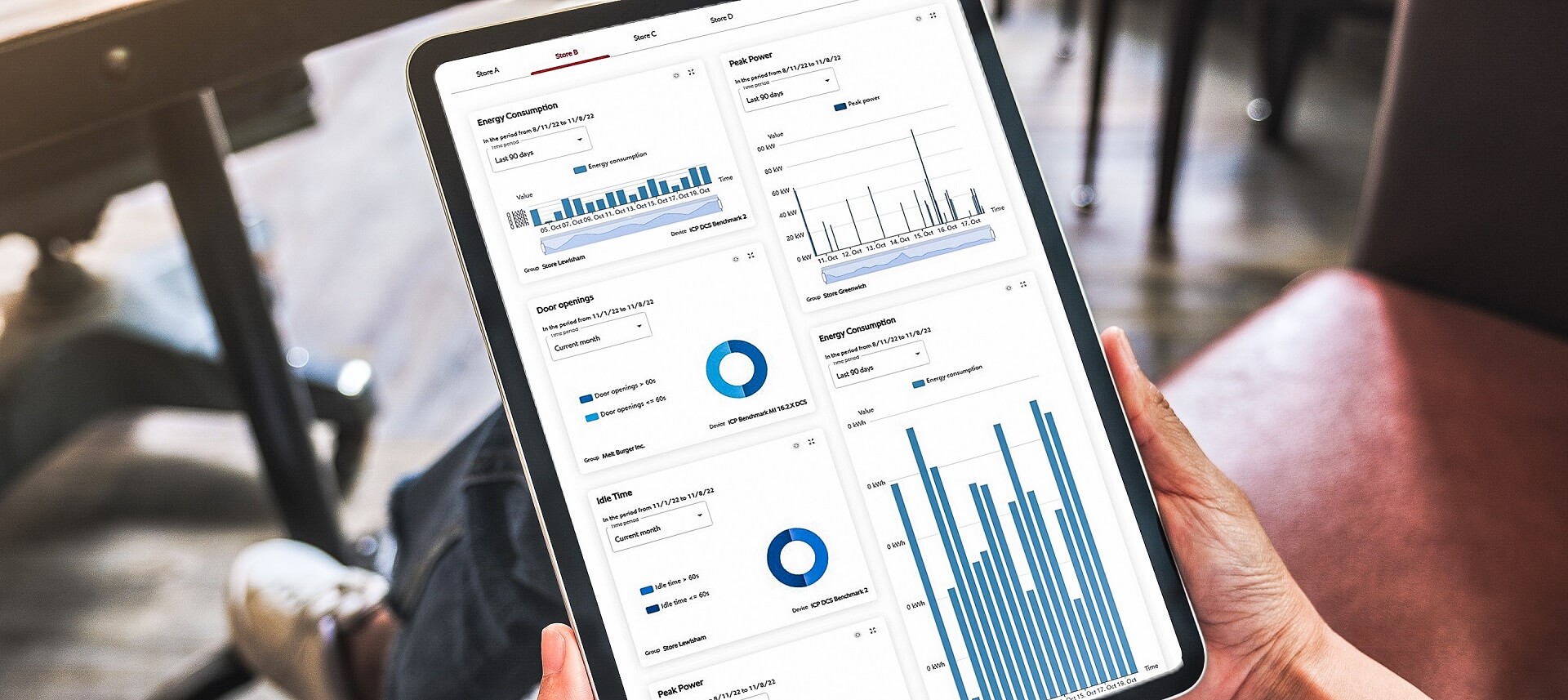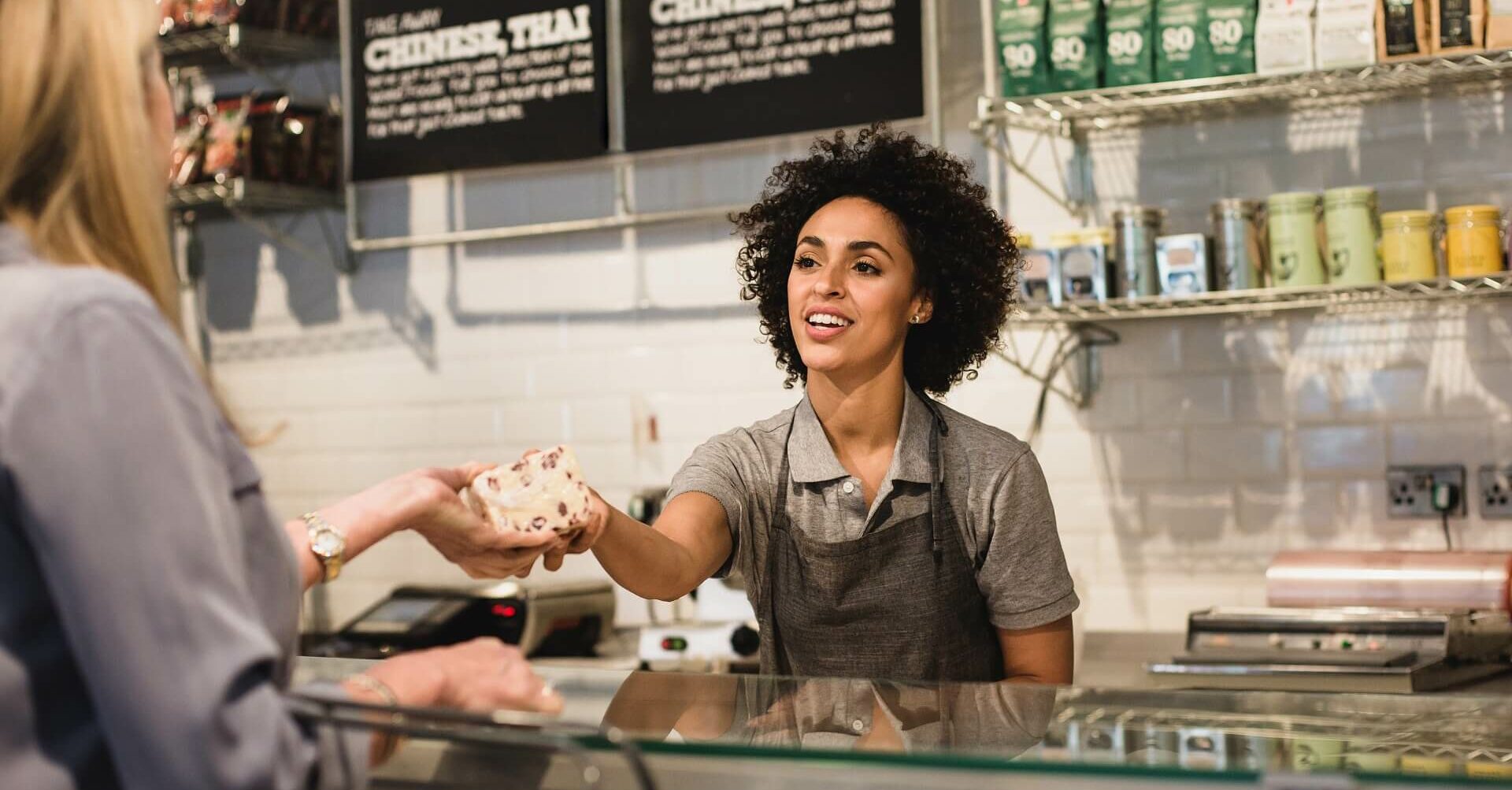These are very tough times indeed for the foodservice sector. A range of market conditions combine to create a challenging environment for restaurants on all levels. In the UK, the CGA Prestige Foodservice Price Index saw a strong upward trend during November to reach record inflation of 21.5 %, representing a tenth consecutive month of double-digit inflation, and the first time in its history that inflation has exceeded 20 %.
Adjusting prices a common concept in other sectors
Foodservice operators are looking for any new solutions they can implement to ease the pressures and increase profits. Some may well find that dynamic pricing is the way forward. Already a widely used concept in other sectors such as hotels or airlines, dynamic pricing – also known as surge pricing, demand pricing, or time-based pricing – means that businesses adjust their pricing based on demand at any given time.

Image: AdobeStock | Prostock-studio
“Dynamic pricing means that instead of going one size fits all, you adjust based on market conditions or customer preferences,” says Torsten Olderog, economics professor at AKAD University Stuttgart, Germany. This, he adds, can significantly increase the earnings of a company and many large chain operators master this discipline quite well. “They watch the market very closely and set the price that promises the best margin,” he says.
From transport to foodservice
When approached in the right way, this pricing model can be applied to most sectors. “Markets must be analyzed in a very differentiated and precise manner – even small deviations in willingness to pay and preferences can make a difference here. It is then necessary to adjust the prices to these differences,” explains Olderog.
Ride sharing company Uber is one of many companies that uses dynamic pricing and also implements machine learning to include elements such as weather and traffic conditions to adjust pricing regularly. Online retailer Amazon has also implemented this model, seemingly updating prices every ten minutes.
Today, some sporting organizations have adapted the strategy successfully, Major League baseball in the US, for example, offer shifting prices depending on the demand of tickets. Now the issue of dynamic pricing has cropped up in foodservice because of the challenging conditions – all prices are going up, from fresh produce to rent and energy costs.

Image: AdobeStock | Farknot Architect
“After a decade of price stability, we are now seeing a completely new dynamic in the foodservice market,” explains Olderog. “Currently all operators have to raise prices – simply because the cost of foods and energy is rising so much, and everyone is looking for the smartest way to implement these adjustments – and maybe even improve their margin a bit in the process.”
So, what does dynamic pricing look like in practice in the foodservice sector? Before anything else, it’s important to understand the role of price in sales, says Olderog. “On the one hand, prices limit sales, but they also drive up the profit margins. Most of the time, the employees involved can estimate very well by how much the sales will drop if the price is increased by 5 %, for example. And then you can also estimate how the contribution margin will develop if the price is dynamically adjusted,” he says. “Here it is important to look at the long-term change in sales – because short-term reactions from consumers often reverse after a short time.”

Image: AdobeStock | ReeldealHD images
Tipps to integrate dynamic pricing:
1. Special pricing for non-popular dining times and slower days
For existing iterations of dynamic pricing look to the offer of a competitively priced pre-theatre set menu available outside more popular dining times. Or special pricing on days of the week that are traditionally slower.
2. Carefully thought through model
Those foodservice operators who are looking to test the dynamic pricing waters, encouraged by the success of companies in other sectors, must be confident the pricing model is thought through. Setting the right price structures is crucial to avoid it going wrong.
“There is a risk in not correctly estimating the market reaction. Or that one overlooks factors related to the price,” says Olderog.
3. Adjusting not too frequently
Operators should also be careful to not adjust prices too frequently in a way that has little transparency and obscures the price fairness, he adds. “You should be careful to not create an impression that a company is using every opportunity to maximize its profit – this is known from hotels that do not increase their rates indefinitely, even for large events such as the Oktoberfest.”
As the foodservice world continues to emerge from the last few years with all the disruption caused by the pandemic, we are unlikely to see restaurants going back to ‘business as usual’ when it comes to pricing. “Once a system has managed to see prices as dynamic, companies no longer go back to static prices,” concludes Olderog. “The benefits are just too obvious for that.”
















